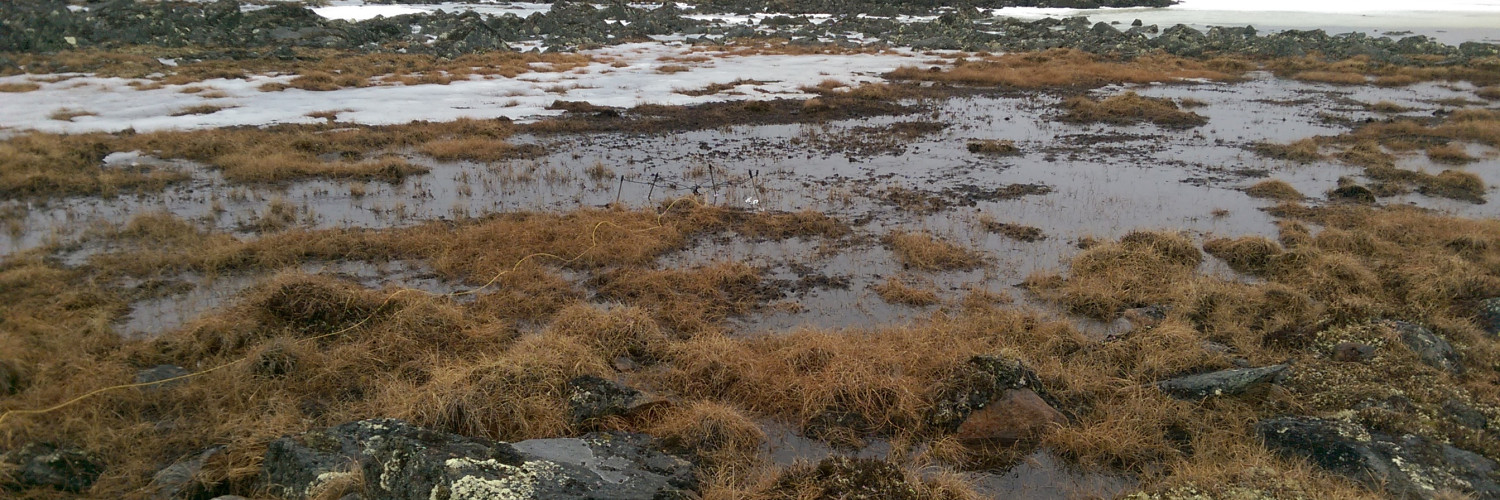
Centrist, progressive, radical optimist. Geophysicist, R&D, Planetary Scientist and general nerd in Winnipeg, Canada.
troyunrau.ca (personal)
lithogen.ca (business)
This profile is from a federated server and may be incomplete. View on remote instance

How do we know the Hubble Parameter is constant in space?
Since we know that it isn’t constant with time, how can we be sure that it is constant with space? This might be a reason the variability in our measurements which seem to disagree....
Rational Self Interest ( lemmy.world )
Throwback screenshot, ksirc and #kde channel, pre-2.0. Screenshot was taken to test screenshot. Shows new marble theme during development. ( lemmy.ca )
What was the last book that surprised you?
Something you thought you would love that turned out to be awful, or vice versa? A great plot twist that blew your mind?...
ST: DS9 - Behind The Scenes (1993/LaserDisc) ( archive.org )
https://sh.itjust.works/pictrs/image/36f50411-c85b-4b9a-9bb0-48742e338bb9.jpeg...
Hard Science Futurism: What types of theoretical prefabricated materials would the first stellar generation ship carry to construct an O'Neil cylinder upon arrival?
Assuming we are talking about an era when Sol has a thriving space industry and the Solar system is broadly colonized. Current materials science supports structures up to 8 kilometers in diameter, and if large scale graphene production is possible, up to 100km in diameter, at least according to Isaac Arthor....
How dark is Mars compared to Earth in a very practical sense?
I don’t care about the math and statistics. I went looking for visual comparisons, where image exposure is adjusted to show how a sunny day on both planets really compares, but I didn’t find anything....
AUA: We are the Plasma dev team. Ask Us Anything about Plasma 6, gear 24.02, Frameworks 6 and everything else in the upcoming Megarelease.
David, Nate, Josh, Marco, Carl, and Niccolò are here ready to answer all your questions on Plasma (all versions), Gear, Frameworks, Wayland (and how it affects KDE’s software), and everything in between....
The History of KDE (From a little before 1996 to Plasma 6 RC1) ( www.youtube.com )
Gushing about KDE applications ( redstrate.com )
Is the "Tromatz" bioelectric wave toothbrush legit, or snake oil?
I discovered the “Tromatz” bioelectric wave toothbrush, and it sounds too good to be true, which usually means… it is. However, they do link to some journal articles, so it seems it’s somewhat based on fact. There’s very, very little else out there aside from their own website that I can find. Thoughts from anyone...
Help me understand this effect ( lemmy.world )
This is an abrasive disk, rotating at 1500 rpm. When I shine my flashlight at it, it carries the glow with it, approximately halfway around the disk. What am I seeing happen here?
What is the lowest temperature of plasma ever achieved?
Can it freeze water?
Is it true that Thunderbird collected more donations than KDE?
I can’t find KDE’s financial report, but in a video I watched it was claimed that Thunderbird collected more donations than KDE. It seems quite hard to believe, but in 2022 Thunderbird collected more than 6,4 million dollars....
Need Help Getting Kate Terminal and Debugger Working on macOS
I have to use macOS (10.14 IIRC) at school and I’m using Kate as my primary text editor. I’m using the latest release binary here....
xkcd #2855: Empiricism ( imgs.xkcd.com )
xkcd.com/2855...
Why is technetium so weird?
Specifically why is it so radioactive for no obvious reason? Why does it not have any known stable isotopes?
What distro for KDE development
For well over a decade, maybe 15yrs I’ve been using Ubuntu and now Pop-OS I am really interested in starting to getting involved in KDE development somehow as retired software engineer. Also keen to switch to Arch…...
Today I did a very sad thing
KDE was a huge part of my life for well over a decade, from when I first installed a v1 beta, to when I got my CVS commit rights circa 2000, to coding and organizing events all the way through 2010. Eventually, though, my life went a different direction....
What brand of tools is everyone here using? ( lemmy.world )
KDE Social Lemmy instance is live
Hello world!